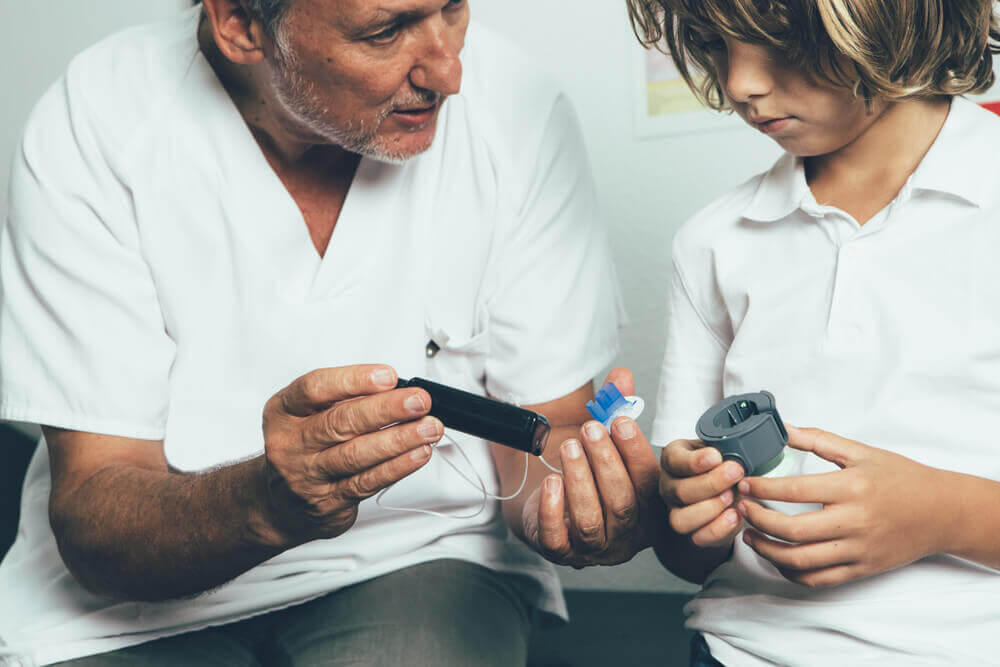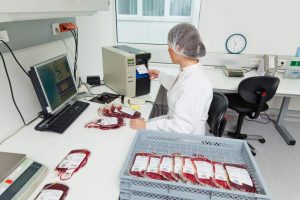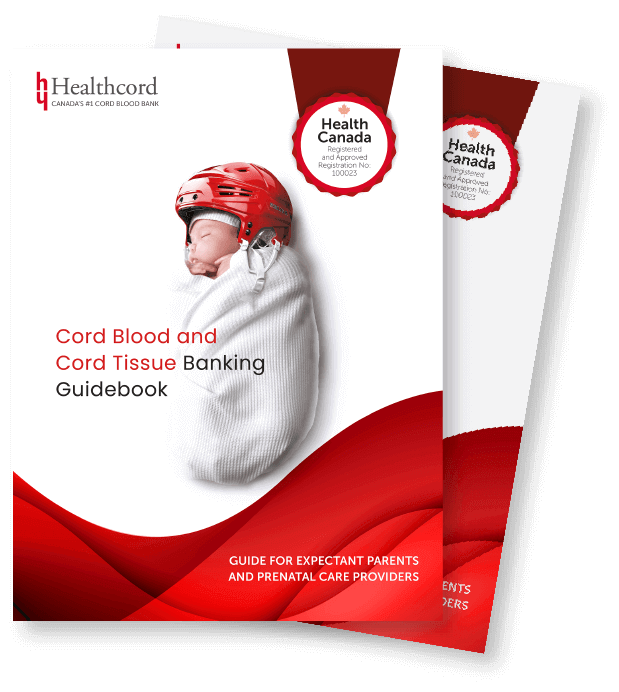
Clinical trials: What are they and why do we need them?

This article will introduce you to clinical trial basics and discuss how clinical trials can identify new therapies involving stem cells.
What are clinical trials?
Clinical trials are studies or experiments performed in people to gather information about the safety and effectiveness of new treatment options such as a new vaccine, a drug, or a medical device.
The purpose of a clinical trial may be different based on the new treatment option being studies. For example, clinical trials involving a new drug may focus on finding out whether the new drug is more effective, or have fewer side effects than those currently in use. Other trials may involve behavioural modifications, such as a new diet or an exercise routine, as a preventative option for a specific disease.
Regardless of their purpose, the final goal of a clinical trial is to enhance existing treatment options in a way to improve quality of life. All clinical trials must be approved by the health authorities or the ethical committees in the country to be conducted and implemented.
Types of clinical trials
Clinical trials can be broadly categorized into two types: observational studies and interventional studies.
In an observational study, researchers observe the effects of a treatment option. They do not compare between patients who received treatment and those who did not.
A case-control study is an example of an observational study where researchers identify a group with a health condition (cases) and a group without the disease (controls) and compare them.
Observational studies are often used to identify links between a condition and a treatment. They lead to interventional studies where the test group receives the new treatment, and the control group receives either no treatment or the appropriate standard of care for the condition.
The different stages of clinical trials
Before a new treatment option is approved for a clinical trial, extensive research is performed in a research setting. These early stages are designated pre-clinical studies and can take years of research. For example, a new chemotherapy drug must first be tested in cancer cells, then in animal models, to establish its safety before being tested in people. When pre-clinical testing provides reproducibly positive outcomes, the new drug, therapy, or intervention becomes a candidate for a clinical trial.
Clinical trials involve four main phases (Phase 1 to 4), and each stage has a different purpose. In a phase 1 trial, the new drug is tested in people for the first time. As a result, phase 1 trials only involve a small group of people. A phase 1 trial aims to see if the intervention is safe, whether it has side effects, and determine the safe dose range for further tests.
When a new treatment option is deemed safe in a phase 1 trial, it moves on to phase 2, which involves a larger group of people. At this stage, the purpose is to test the new intervention in a larger group of people and see if there is a difference between the “treatment” versus “control” groups.
Phase 3 trials serve as a final confirmation stage for a new intervention and involves a more extensive (more than 1000) group of people. During phase 3 trials, researchers will monitor patients for side effects to ensure the drug is still effective in a broader group of people. They will also compare this new intervention to other commonly used interventions.
Clinical trials do not end once a drug or a treatment option is approved for sale. Following approval, researchers conduct phase 4 clinical trials, where the safety and effectiveness of the intervention are tracked in the long-term.
Health Canada receives hundreds of clinical trial applications every year. However, only a few will progress to phase 3 clinical trials.
More about interventional clinical trials
Interventional studies establish a direct link between an intervention and a disease outcome because researchers control the variables involved.
In randomized controlled trials (RCT), patients eligible for treatment are randomly assigned to groups. One group serves as a control and does not receive the intervention while the other groups receive the treatment. Following treatment, differences between the groups are examined to determine the effectiveness of a new therapy.
Clinical trials involving drugs are also placebo-controlled; for example, patients are provided with a ‘sugar pill’ to account for perceived improvements. The patients are blinded, which means they are not aware of whether they are receiving the intervention or the placebo.
Double-blinded trials are considered the “gold standard” for RTCs because the researcher is also unaware of whether the patient is receiving the treatment or the placebo. In double-blinded trials researchers remain unbiased during administering the intervention and when analyzing their data.
Clinical trials and stem cells
Stem cell therapy is a rapidly growing area of research. According to clinicalgrials.gov, one of the largest repositories of active clinical trials, more than 1300 clinical trials are currently in progress involving stem cells.
Over 200 trials are looking at extending the therapeutic potential of cord blood and cord tissue stem cells. Below we summarize just two of these studies.
Osteoarthritis (NCT03818737)
In this phase 3 clinical trial, researchers are interested in determining whether mesenchymal stem cells from a variety of sources, including the umbilical cord, can effectively relieve osteoarthritis symptoms.
Osteoarthritis is a joint disease characterized by the breakdown of the protective cartilage within joints and surrounding bone tissue. People with osteoarthritis suffer from joint swelling, pain, and reduced joint motion.
Mesenchymal stem cells have the ability to reduce inflammation and promote the healing of cells and tissues. In this study, mesenchymal stem cells will be directly injected into affected joints to relieve osteoarthritis symptoms.
COVID-19 (NCT04355728)
This phase 2 clinical trial looks at using umbilical cord-derived mesenchymal stem cells to treat patients who are severely affected by COVID-19 infections.
Acute respiratory distress syndrome (ARDS) is the most common cause of death in critically ill patients with COVID-19. ARDS is a type of respiratory failure caused by inflammation in the lungs. It initially presents with pneumonia-like symptoms and fluid in the lungs (pulmonary edema), eventually leading to extreme shortness of breath, cough, fever, and lung damage.
The purpose of this clinical trial is to identify whether administering mesenchymal stem cells intravenously in addition to standard of care for COVID-19 will improve patient outcomes.
Why do we need clinical trials?
Researchers use clinical trials to determine the safety and effectiveness of a new drug, vaccine, a medical device, or a behavioural intervention with clinical trials. They are an essential step in the discovering new treatment options to better treat diseases and for improve our quality of life.
References
ClinicalTrials.gov. https://clinicaltrials.gov/ct2/about-studies/learn NIH. https://www.nia.nih.gov/health/what-are-clinical-trials-and-studies
相关文章

Sibling cord blood tested for treating cerebral palsy in young children











